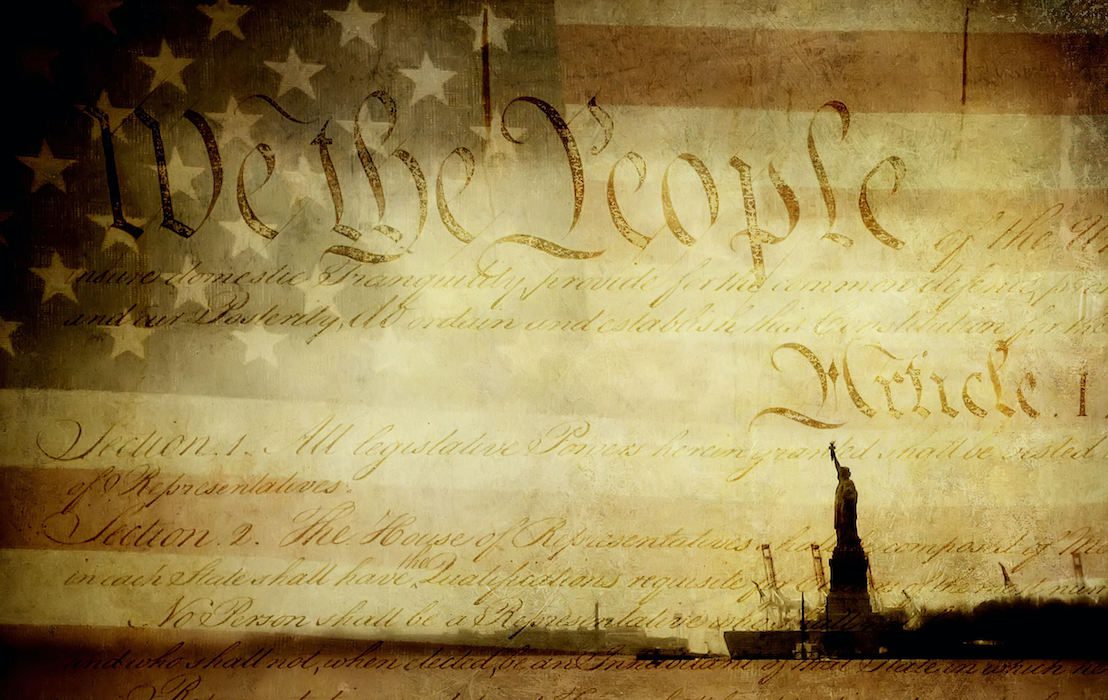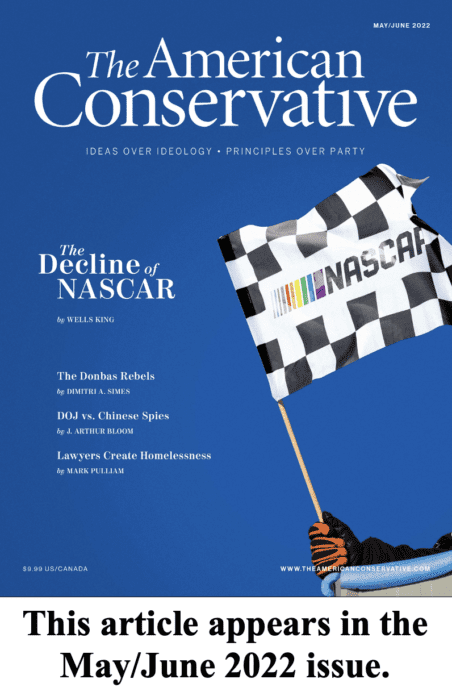The Two Faces of Originalism

Until recently, the originalist legal scholar John Eastman was an honored member of the Federalist Society. He chaired the society’s Separation of Powers Practice Group and was a frequent speaker at its meetings. Leonard Leo, co-chairman of the Federalist Society, donated to Eastman’s 2010 campaign for the attorney generalship of California.
Things changed after Eastman advised Donald Trump’s attempt to challenge the 2020 presidential election results. Eastman no longer chairs the Federalist Society practice group, and according to a statement from his employer, the Claremont Institute, he has been barred from discussing “essential constitutional questions” at the society’s meetings.
The Federalist Society’s longstanding support of Eastman was only one element of its effort to promote originalist principles. Officially, the Federalist Society takes no position on originalism. In practice, it has done more than any other organization to advance that philosophy. Through its work, the idea that constitutional interpretation should bracket moral questions and political considerations while focusing purely on the text’s original meaning has become dominant on the right.
Eastman is now a target of the House’s January 6 committee. Given that committee’s partisan makeup, this is hardly surprising. Eastman’s treatment at the hands of the Federalist Society is more striking. Eastman reached his radical conclusions not by defecting from originalist methods, but by following them with remarkable consistency. This does not necessarily justify his conclusions, with which many originalists disagree. But it reveals the profound tensions that threaten to tear the movement apart.
Originalism has two faces, moderate and radical, opening up divergent political possibilities. Because originalism is a facially neutral method that promises to settle contentious political issues by reference to the text, rather than by engaging substantive issues of right and wrong, it can appeal to moderates who fear open clashes of interests and views.
Last year, I heard an originalist scholar say that he hoped the Supreme Court would not overturn Roe v. Wade, because doing so would endanger Republican hopes of winning the 2022 midterms. He is an originalist of the moderate persuasion, and he is far from alone. Constitutional law is an elite pursuit. Those who devote themselves to it share the interests and prejudices of their class. They are invested in the current balance of power and so are likely to regard certain things as moderate (reading transgenderism into the Civil Rights Act, say) and other things as unthinkably radical (for example, overturning Roe v. Wade).
Despite the moderation of many of its practitioners, originalism can be a radical philosophy. Insisting on the original meaning of the written Constitution can profoundly unsettle the informal, unwritten constitution (“norms”) that governs our politics. My most vivid encounter with radical originalism came when I attended a seminar put on by the Claremont Institute. It featured a debate between two originalist scholars, one of whom argued that birthright citizenship was not guaranteed by the Constitution. This struck me as an implausible claim. I had absorbed the idea that birthright citizenship was fundamental to the American polity. Yet as the two men argued, I was surprised to find that the critic of birthright citizenship was able to marshall a good deal of evidence, some of which his opponent was forced to concede. For the first time I saw how destabilizing originalism can be.
I had that unsettling experience a second time when I read Eastman’s debate about the 2020 election results with Joseph Bessette, an emeritus professor of government at Claremont McKenna College. Their disagreement turns on whether the vice president is merely supposed to open the electoral votes, which are then counted by Congress, or whether he is also supposed to count them. Whoever counts the votes would seem to have the right, in case of dispute, to determine which votes are counted and which ones are set aside.
Eastman adduces evidence showing that, in academic and historical debates, originalists and other legal scholars have admitted the validity of reasoning very much like his. Bessette argues forcefully against Eastman, but even Bessette’s critique suggests that there is more to Eastman’s argument than I had previously supposed. Scholars of various persuasions have denounced Eastman in harsh terms while admitting sotto voce that he might have half a point. (In an article published by the Atlantic in October, the liberal legal scholar Laurence Tribe cryptically suggested that something like the Eastman proposal could be followed by Kamala Harris in 2024.)
 Reading the arguments of Eastman and Bessette did not leave me certain of the rightness of either side. Behind the more technical questions, a basic conundrum remains. On the one hand, it seems absurd that the vice president, who will often be a candidate for the presidency, should be able to judge his own case. On the other, vesting this power in the hands of Congress risks legislative domination of the executive.
Reading the arguments of Eastman and Bessette did not leave me certain of the rightness of either side. Behind the more technical questions, a basic conundrum remains. On the one hand, it seems absurd that the vice president, who will often be a candidate for the presidency, should be able to judge his own case. On the other, vesting this power in the hands of Congress risks legislative domination of the executive.
However one weighs these matters, it is undeniable that Eastman adhered to methods widely accepted by the men who shunned him. One can regard Eastman’s proposal as wildly impractical or deeply immoral. One can believe that he has a faulty constitutional theory or a wrongheaded view of politics. But no one who looks seriously at his arguments can doubt that they are originalist. Eastman has suffered an intellectual betrayal, one that calls into question not only the Federalist Society’s claims to be apolitical, but originalism’s claims to neutrality.
Originalists can and will discard their methods when they lead to unwelcome results. This might not matter in practical terms if all originalists agreed. But on issues extending far beyond the 2020 election, originalism is torn between two tendencies. On one side are those who see originalism as a philosophy of moderation. On the other are those who understand its radical possibilities. Like Janus, it has two faces, and stands at the threshold of peace and war.
Comments